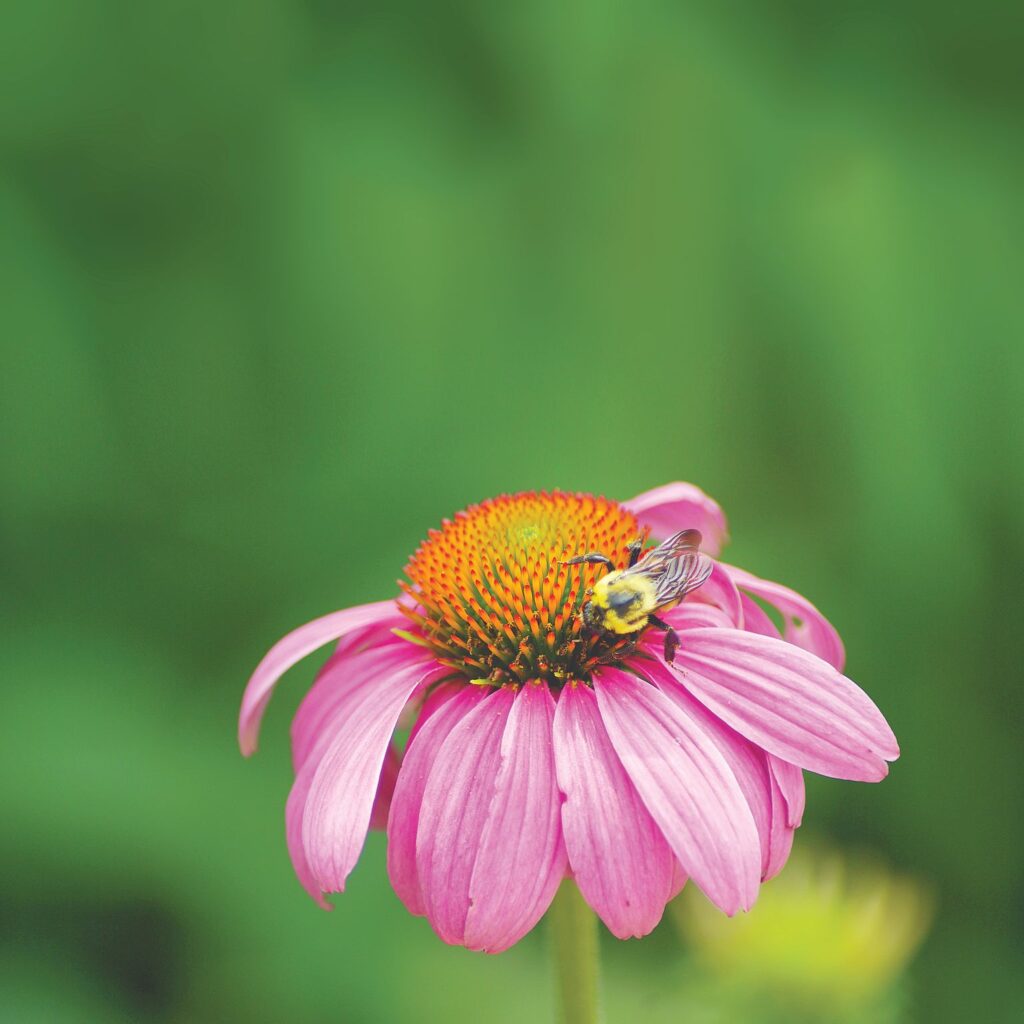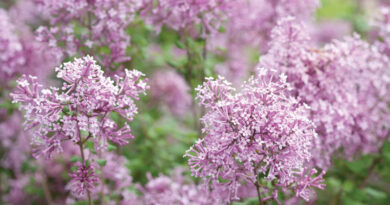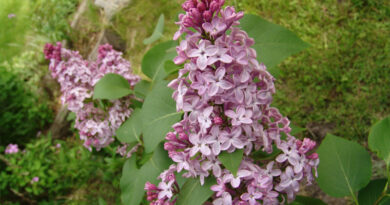8 Perennials That Attract Our Friends the Bees
Are you looking for ways to attract more bees to your garden this year? More and more we are learning how important these fuzzy little insects are to our eco-system. At least 30 per cent of the world’s crops and 90 per cent of wild plants rely on the cross-pollination activity of bees and other pollinators. There are about 25,000 species of bees in the world and they all contribute to pollination in some way.
The process of pollination involves the transfer of pollen from the male part of the plant (anther) to the female part (stigma) of another. The stigma then produces the seeds, nuts and fruits that we use for food. Bees accomplish this little bit of magic when the pockets and hairs of their legs brush against the pollen which clings to them as the bee continues on its search for more nectar. Without bees to pollinate plants, many would perish.
Bees are wild creatures that need a home; making your yard attractive to them will help them choose your garden. Bees need a break from the sun and heat so planting ground cover is a great way to give them a place to hide out between feeding and flying. A shallow fountain will help them stay hydrated – yes, bees need water, too – and avoid pesticides, as some of this deadly material will also kill the bees.
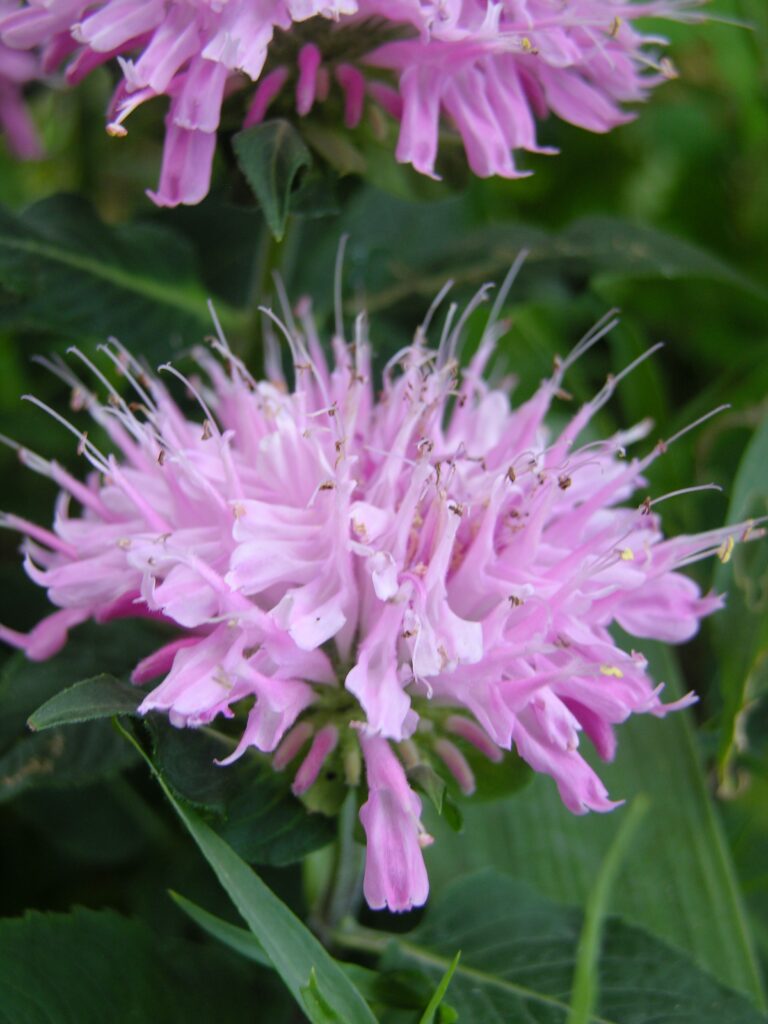
You will also want to have bee-attracting plants that flower through the whole garden season. We’ve come up with eight perennials that are beautiful to look at and attract our friends, the bees.
Bee Balm (Monarda sp.)
With several species to choose from and colours ranging from deep reds to shades of pink, purples and even white, bee balm will fit nicely into any garden scheme. They love the sun and will bloom profusely through the summer.
Purple Coneflower (Eutrochium purpurea)
Flowering from mid-summer to late fall, the pink-purple flowers are guaranteed to attract bees to your garden. For an added bonus you can make a great cold and flu remedy from them as well.
Black-Eyed Susan (Rudbeckia hirta)
This classic rudbeckia is a big hit with the bees. Easy to grow, it will quickly establish in a sunny spot.
Asters (Symphotrichum spp).
The purples, blues and pinks of the late-summer aster is a delight for bees and other pollinators. With many wonderful varieties to choose from you will find one that suits any late-summer garden.
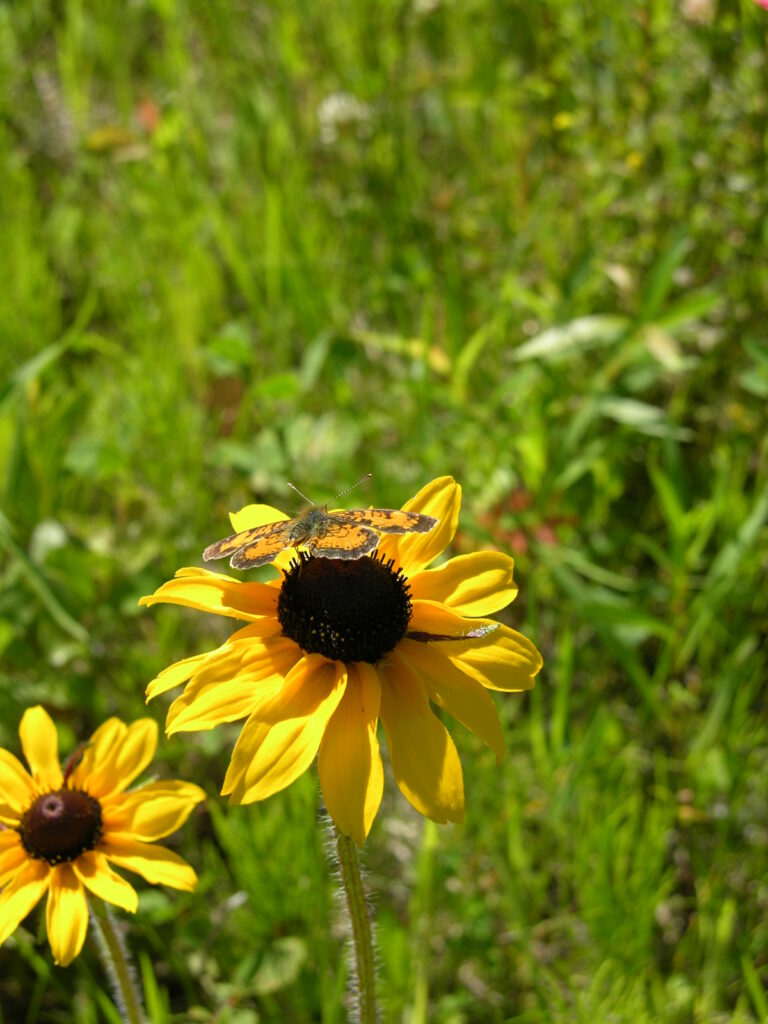
Goldenrod (Solidago spp).
These late-summer bloomers become a buzzing mass when open and are lauded as one of the best bee flowers. Goldenrod honey is actually a delicacy, known to be darker than normal honey and has a distinctive bite.
Catmint (Nepeta x faassenii).
This bee-attractor has a lot going for it. It is long-blooming, heat tolerant, resistant to pests and easy to grow. These are just a few of the perks it has to offer. By May, the plant fairly explodes with soft lavender flowers.
Asters (Galanthus spp).
Snowdrops often start popping up before the last snow has even melted, giving the bees an early opportunity to fill up on their empty winter reserves. They do well in partial shade which makes them a great choice to plant under trees.
Crocus (Crocus spp).
This is another early flowering plant that will provide much-needed nourishment to bees. Blooming in striking blues, purples and yellows, these little flowers have a wonderful effect on the landscape as well as providing for the bees.

@ 2023 Pegasus Publications Inc.

